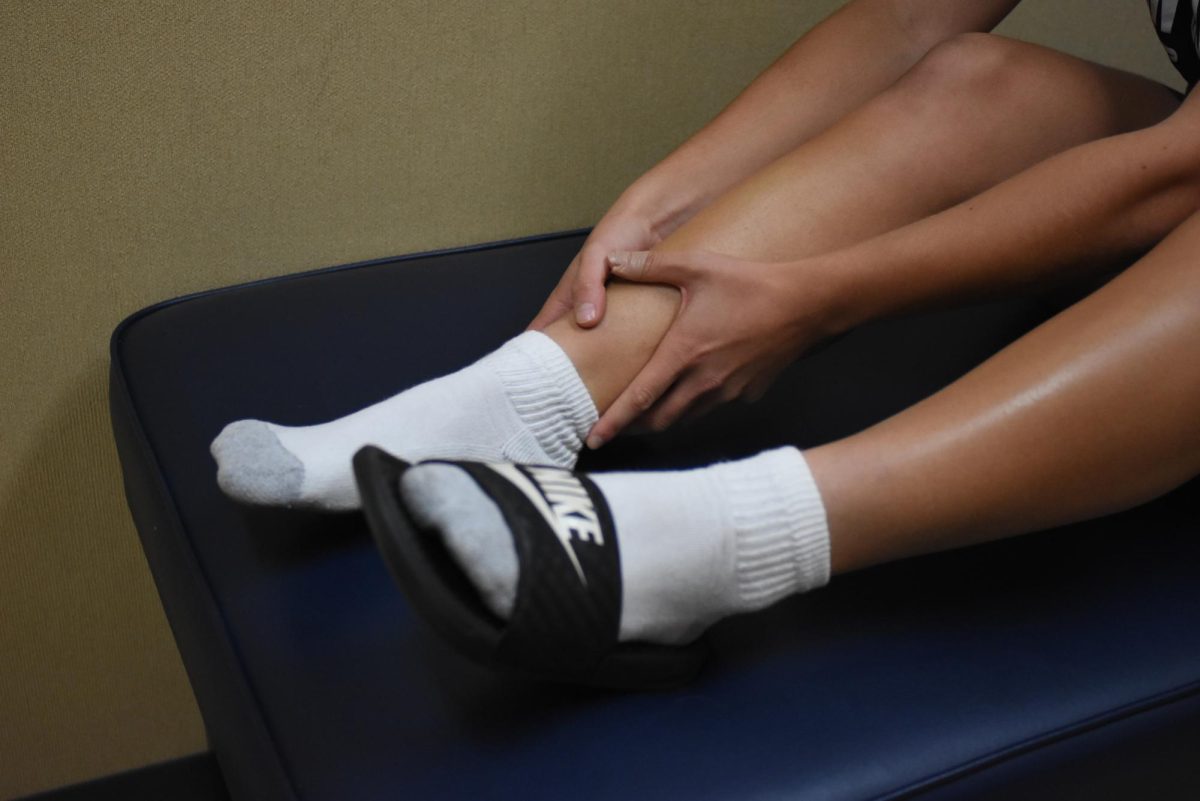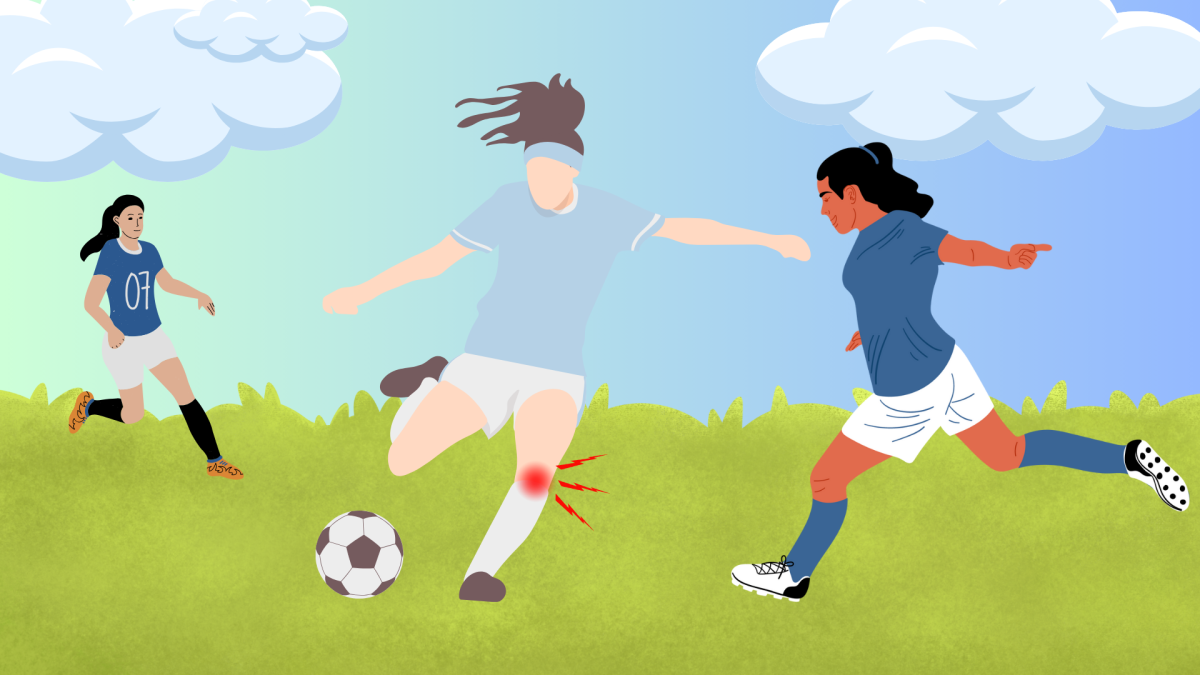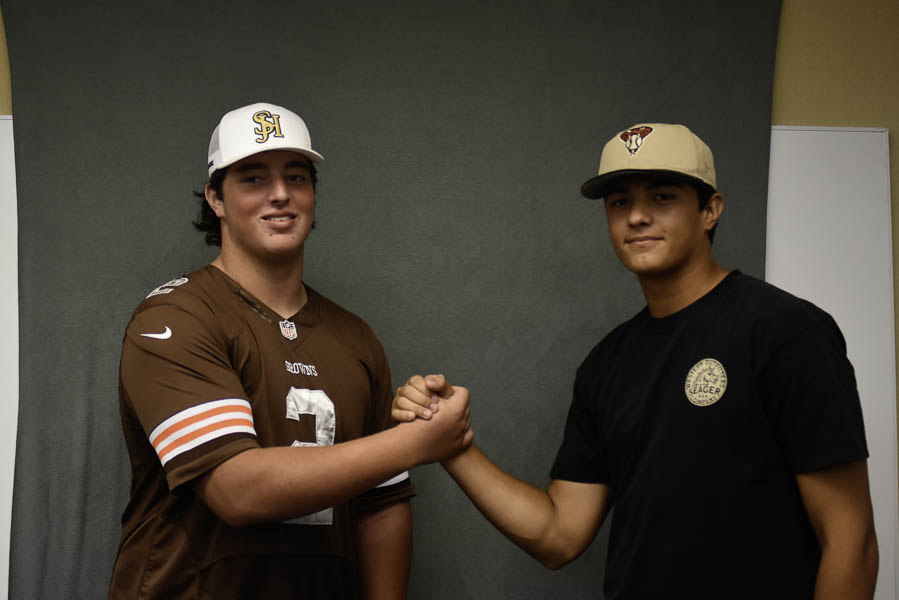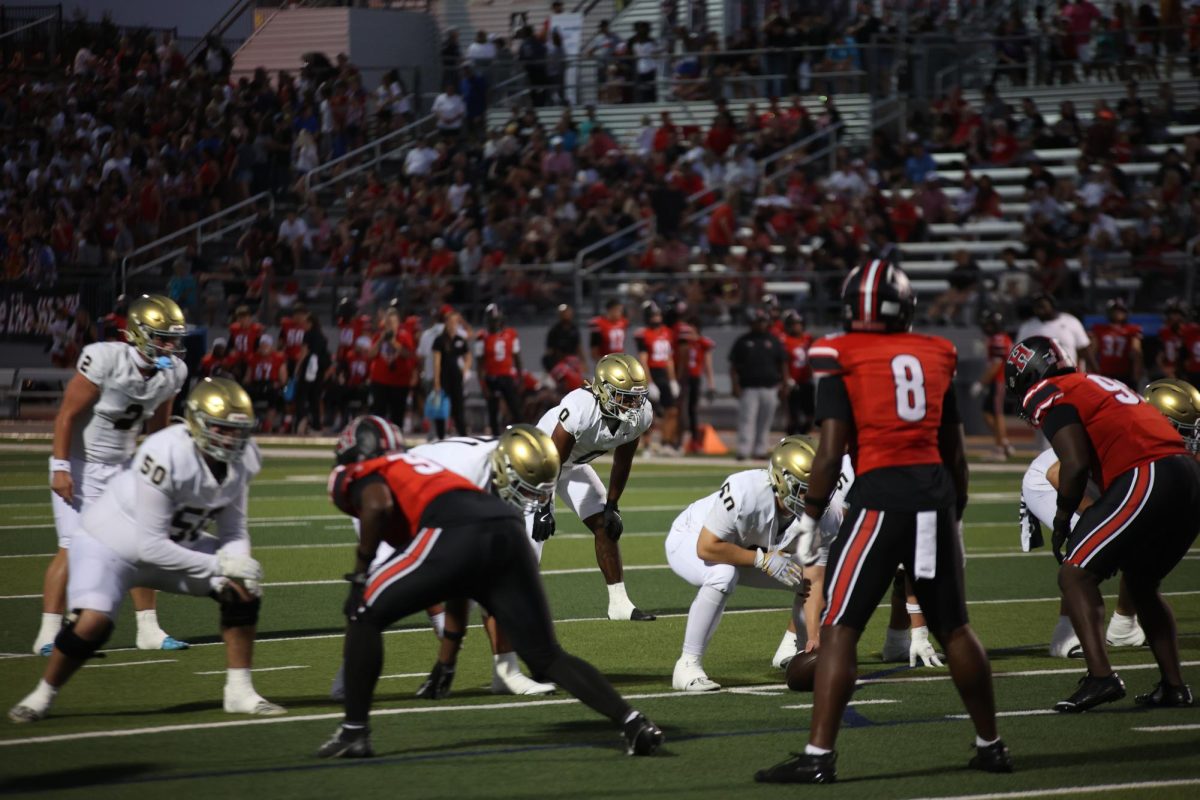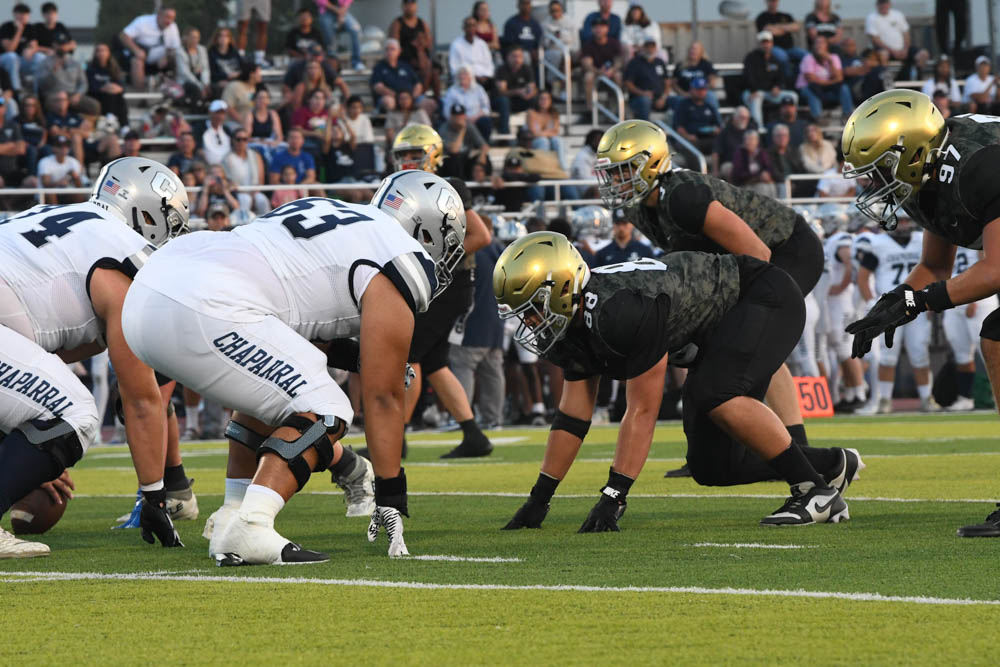The increase in severe injuries such as ACL tears are due to the rise in young athletes playing in highly competitive sports at an earlier age. More than 400,000 ACL injuries in the United States occur each year. This is very harmful to the physical and mental health of children.
It is difficult for athletes to cope with the stress or sadness of being sidelined during practice or games. Younger athletes are more vulnerable to stress, anxiety, and depression because of shame or lack of knowledge.
“I suffered from Osgood-Schlatters, Patellar Tendonitis, and tore and strained my meniscuses in both of my knees. It was really hard to come back because my skill level declined and I lost all my confidence,” said Kenna Maguire.
When athletes suffer from minor injuries, there is immense pressure to play. This leads them to make decisions that risk worsening or creating an additional injury with long-term effects.
Sports have an immense psychological influence on athletes. They increase dopamine hormones and help your mood and other mental health problems.
However, when athletes are deprived of sports and physical activities, they are more likely to experience isolation, frustration, fear of reinjury, anxiety, stress, and develop depression.
Studies conducted by the National Library of Medicine show that athletes who exhibit higher levels of these traits are less likely to recover.
“As an athlete, I am really hard on myself especially because I was away for so long, I made many mistakes which had a big impact on my mental health. I eventually gave up soccer because I lost all my passion for it, but despite my doubts, I continued lacrosse,” said Maguire.
Some sport related injuries can be easily prevented from the use of padding, helmets, shin guards, and mouth guards.
The National Football League (NFL) has permitted players to wear ‘Guardian Caps’ to help prevent concussions. Many colleges and high schools have begun using these as well.
“Guardian Caps are soft-shell covers worn over the helmets to provide extra cushioning and enhanced safety, especially for helmet-to-helmet contact,” said Baptist Health.
Female athletes are more prone to the risk of an ACL tear than male athletes. This is a result of women’s anatomy in which they have knock-knees, hyperlaxity, narrow notch, and a smaller ACL size which leaves them at a higher risk of ACL tears.
Several brands such as Nike, Puma, Adidas, and New Balance have created soccer cleats, specifically modified for women, to reduce the risk of ACL tears.
Most notably, Nike’s Phantom GX ll and the Cyclone 360 have reduced the knee’s traction rotation and offered a more accurate fit around the arch and heel to provide stability during sudden movements and change of speed.
Retired athletes who suffered from ACL tears have contributed their unique insight from personal experiences to new research.
“For example, former England Lioness Lianne Sanderson’s ACL injury in 2016 spurred her active involvement in educational initiatives, significantly contributing to the development of FIFPRO’s 2022 ‘Injury Prevention and Support Guidelines’ which is now used globally,” said Soccer Bible.
As new research and technology advance, scientists and researchers hope to reduce inflammation, accelerate recovery time, and essentially prevent injuries overall.

